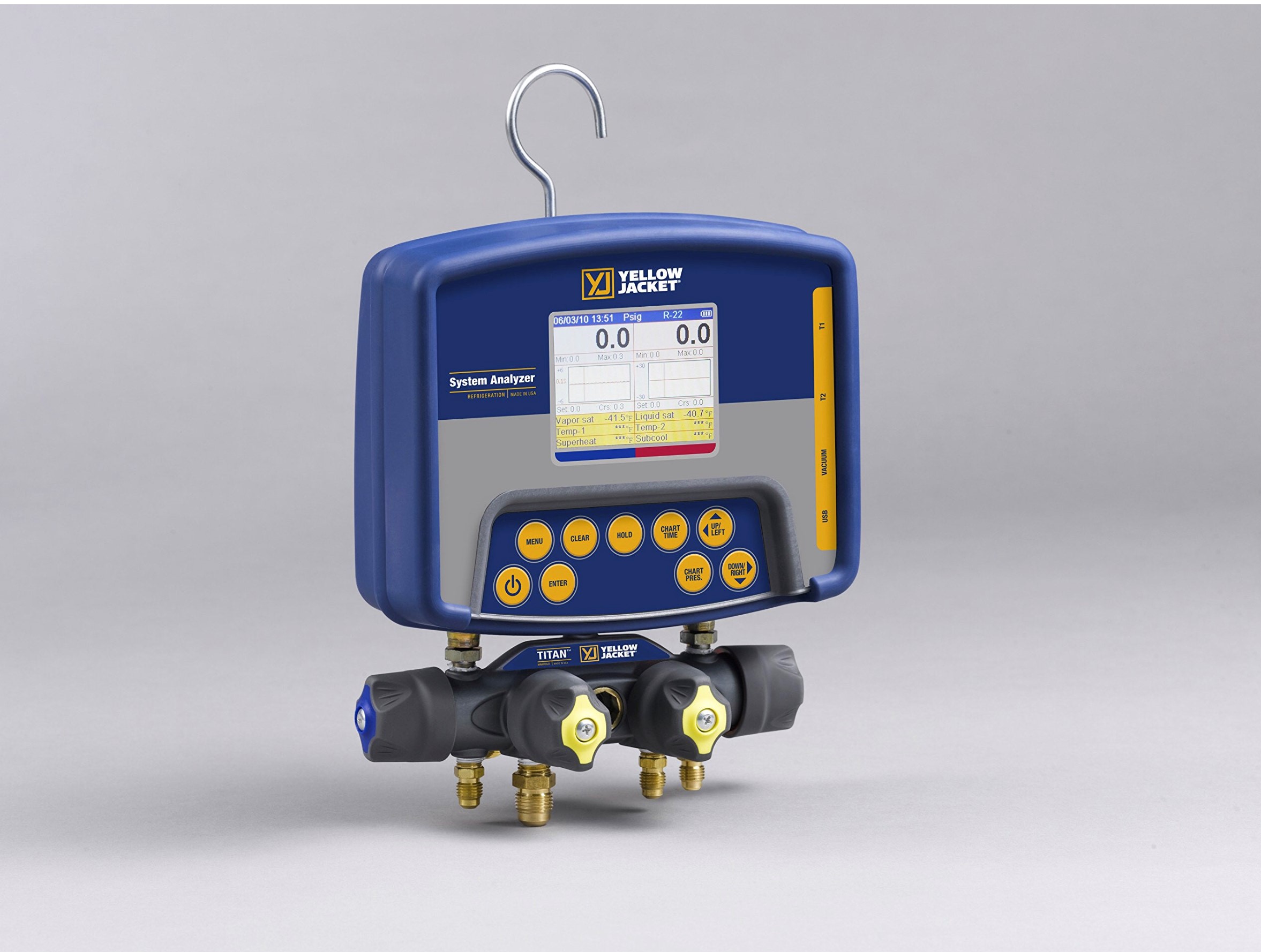The Latest HVACR Diagnostic Tools

By: Reggie Hucks | Jun 30, 2020
Just as a doctor needs diagnostic tools for the human body’s electrical and hydraulic systems, the HVAC technician requires tools to “look” inside air conditioning and refrigeration circuits. When large HVAC commercial systems are down, the technician feels the pressure to get systems back online. It takes a well-trained professional to properly repair big commercial refrigeration and air conditioning installations. Having high quality diagnostic equipment is the technician’s best friend for getting things fixed and working faster. Here are some examples of todays most advanced tools for HVAC troubleshooting.
Must-Have Tools
The “New” Refrigerant Gauges
Refrigerant gauges have changed a lot since the days of the R22/R12 manifold models. The older compound gauges would indicate pressures and associated temperature of the refrigerant, but that was it. Today’s refrigerant system analyzers display evaporation temperatures, sub-cooling, superheat, system pressures, and saturation temperatures. Add-on accessories can display vacuum measurements too. This tool can replace several old school thermometers along with the manifold and vacuum gauges. Precision and speed are big benefits for the technician with this setup.
Electronic Psychrometers
Psychrometers measure relative humidity in the air known as the “wet bulb” temperature. Knowing the moisture content in the air is important when checking the performance of a cooling system. The old models, known as sling psychrometers, had a wick dipped in water, which covered an analog thermometer. Included in the setup was another analog thermometer without a wick (the dry bulb). The operator would swing the thermometers in the air for a prescribed amount of time, and then take a reading. The new electronic models are battery powered, require no slinging or wet wicks, and instantly produce readings. Dry bulb temperature, wet bulb temperature, and percent relative humidity can be measured in a few short minutes.
Anemometers
Anemometers measure airflow. Older anemometers had a fan or air vanes with an analog gauge that read in feet per minute. Electronic anemometers can measure wind velocity, air speed, and other variables such as air temperature, pressure, and relative humidity. This electronic instrument, like electronic psychrometers, reads quickly without the need for interpolation of numbers. For troubleshooting fan performance, or where other airflow concerns exist, anemometers are necessary to make precise air volume determinations.
Combination Electric Meters
Need to check voltage, amps, or continuity? How about a meter that does it all? Digital electronic meters have been around for some time and have largely replaced analog versions. The more expensive meters are high quality with many features. Cheaper models are available, but they tend to be less dependable over time. When trouble shooting HVAC electrical systems, reliable meters are required tools for the technician’s job and safety.
These “must have” items are only a short list of what is needed to repair systems. Torches, vacuum pumps, brazing rods, shut-off valves, hand tools, and leak detectors are other tools that must be acquired in order to do the job properly.
When HVAC or refrigeration systems are not working, the HVAC technician can save the day using the right equipment. While the initial investment can be expensive, working without this equipment is nearly impossible. The return in profits will be worth the investment when systems are repaired efficiently and correctly the first time around.

